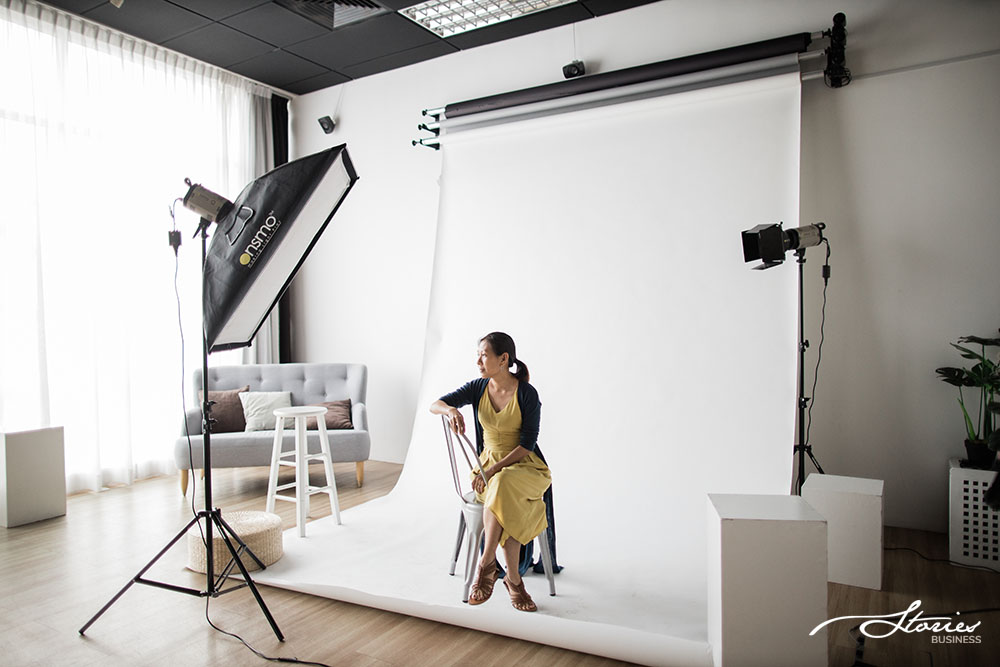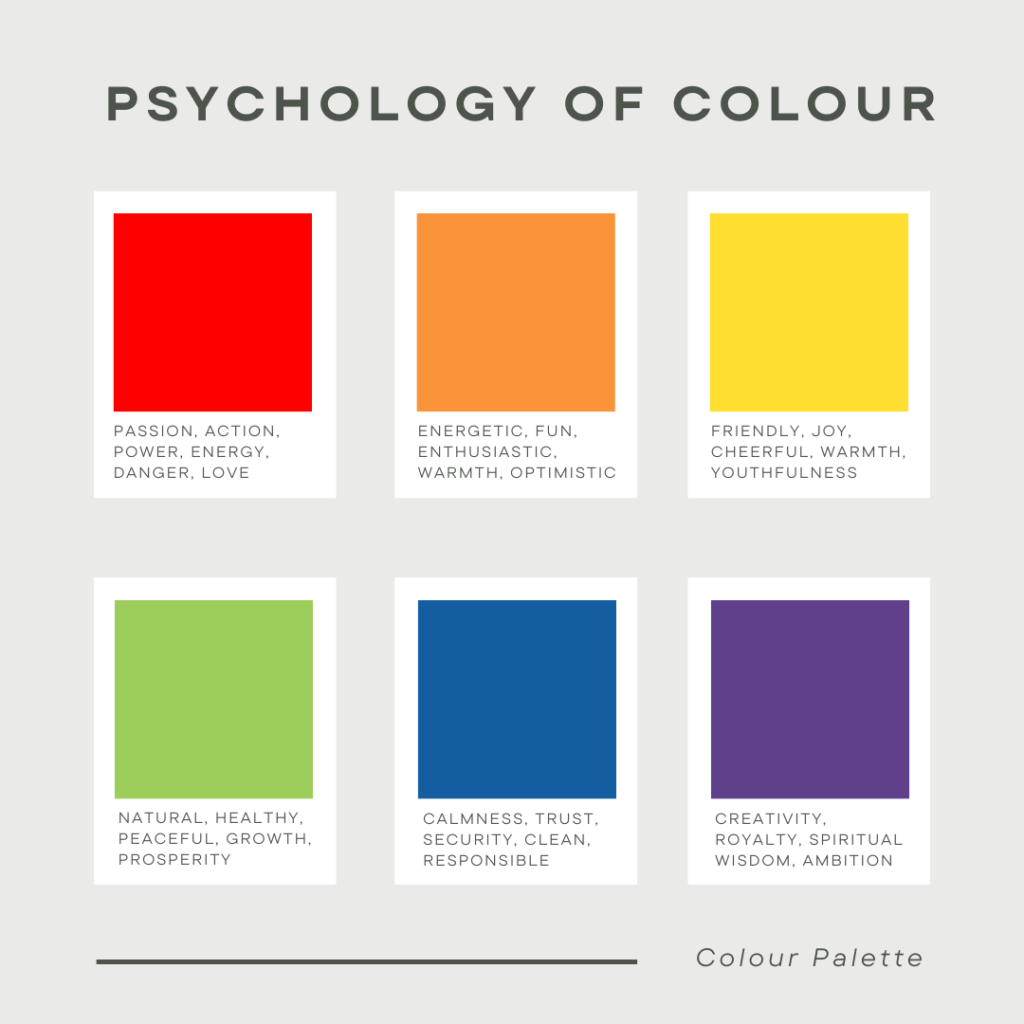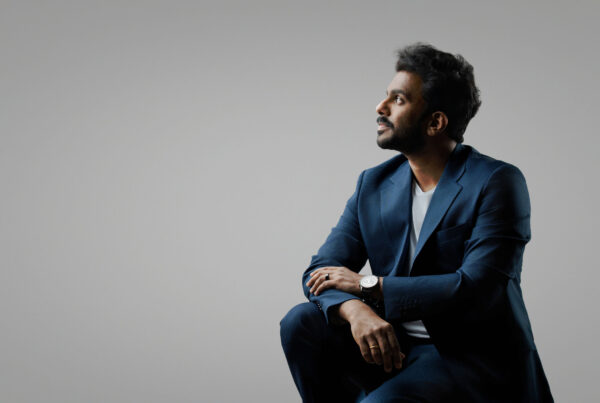
When I started this company in 2008, I was in my twenties, young and naive, and had no clue what it meant to brand or market myself as a photographer. In the early years, I was still discovering myself as an artist and I didn’t have any foundations in running a business. I recall choosing the colours for Stories (brown and light blue) because they were trending back in those days. I didn’t have any real ‘connection’ to what I wanted it to represent. When a friend pointed out that my business card reminded her of luxurious chocolates, I began to pay attention to the impact my choices had on my business.
Fast forward 16 years, and I am now more educated because I learned things the hard way. Unfortunately, the process took me many years, and to be honest, I only connected the dots in 2020, when I had a lot of time to think during the pandemic!
If you’re a new entrepreneur, embarking on the journey of entrepreneurship is both exciting and challenging. Please don’t take so many years to figure things out, like I did! If you are the face of the business, one of the most crucial aspects of establishing a successful business is developing a strong personal brand. Your personal brand is more than just a logo or a catchy tagline; it’s the authentic expression of who you are and what you stand for. It’s how you connect with your audience on a deeper level.
Here’s a guide I wish I had when I was a young entrepreneur trying to figure my way in this world.
Step 1: Self-Reflection and Discovery (Look inward)
The first step in discovering your personal brand voice and style is to look inward. Don’t just look at doing something because it’s trending; dig a little deeper and ask yourself some reflective questions. Self-reflection helps you understand your core values, passions, and strengths. As a certified coach, I find so much joy in helping my clients gain clarity about themselves. This is how personal brand coaching helps entrepreneurs define who they are.
- What are your core values? These are the fundamental beliefs that guide your behaviour and decisions. Consider what principles are non-negotiable for you. For Stories, our core values are excellence, authenticity, and connection.
- What are your passions? Think about what activities or topics excite you and why. Passion is contagious and will resonate with your audience. One of the things that really excites our team here is creating heartfelt, purposeful content that has social impact. We love seeing our creative work challenge mindsets and make a difference in communities.
- What are your strengths and unique skills? Identify what you do best and what sets you apart from others in your field. It might seem hard to list your strengths, but a good way to think about it would be to see if there are certain things that come naturally to you that you might have taken for granted. Has there been consistent feedback from others that you notice?
- What is your mission? Reflect on your purpose and the impact you want to make through your work. This might not be a question you can answer in a day. I encourage you to just write down as many thoughts as you have in a journal so that you can eventually connect the dots. In 2020, my biggest aha moment came when I realised that I wanted to make a difference to families and communities through our personal photography and video work, but also through the types of commercial work we do.
- What stories define you? Personal stories and experiences shape who you are and can be powerful tools in connecting with your audience. Do consider the stories that are also difficult to tell. There is a purpose to the scars in our lives. Sometimes, the most challenging situations can be our biggest motivating factor.

Image Credit: Pexels
Step 2: Defining Your Brand Voice
Your brand voice is the way you communicate with your audience. It encompasses the tone, language, and personality you use in your messaging. I am sure you’ve seen some brands that have a very unique voice; they might be funny, serious, or sarcastic. To define your brand’s voice, consider the following:
- Identify Your Audience: Understanding who your ideal clients are will help you tailor your voice to resonate with them. Take into consideration their demographics, interests, and pain points. Are your audience male or female? How old are they? Where do they live? What are they interested in? What issues do they care about? What are their struggles?
- Choose Your Tone: Decide on the tone that best reflects your brand. Are you formal or casual? Inspirational or informative? Friendly or authoritative? When I was a young child, I used to enjoy watching the documentaries on Discovery Channel and National Geographic. But each channel’s program has a different style and tone to it. There’s no right or wrong choice here; it’s just the tone and personality that you choose to associate with your brand based on all the other questions you have answered in step 1.
- Be Consistent: Consistency is key to building a recognisable brand. Ensure your voice remains consistent across all platforms and communications, from social media posts to emails to website content. This is especially important when you have multiple people managing your writing or social media content. You, as the business owner, will have to give direction to the people who work with you.
- Show Authenticity: Authenticity builds trust. Be genuine and transparent in your communication. Share your journey, challenges, and successes to create a real connection with your audience. I would like to stress that it’s important to be authentic online and offline. If someone meets you in person and you appear so disconnected to the brand persona you have built online, something will look off to your audience, and that destroys trust.

Step 3: Crafting Your Visual Style
While your brand voice is about what you say, your visual style is about how you present yourself. Your visual elements should complement your brand voice and convey your identity. We love it when our clients are so clear about step 1 and 2, and they come to us with a brand guideline about how they want their personal brand photos or videos to look. Here’s how to define your visual style:
- Choose Your Colour Palette: Colours evoke emotions and can significantly impact how your brand is perceived. Choose a palette that reflects your brand’s personality and values. Let’s take the example of two mindfulness coaches. If one of them has ‘energy’ as a keyword that defines her brand, she might choose orange to represent that vibe. But another mindfulness coach might have peace and calmness as her keywords, so she might opt for blue or green as her core colours.
- Select Fonts and Typography: Your choice of fonts should align with your brand’s tone. For example, a playful brand might use whimsical fonts, while a professional brand might opt for clean, modern typography. Personally, I have a knee-jerk reaction when I see certain types of fonts being used—in particular, comic sans with multi-coloured text! You’re not going to attract every single person to your brand, and that is ok. But it’s important to understand some design principles so that you do not ‘accidentally’ turn away some potential clients.
- Design Your Logo: Your logo is a visual representation of your brand. It should be simple, memorable, and aligned with your brand’s identity. Related to point 2, I strongly believe that it’s important to hire professionals to create your logo and design your website or collateral. Canva has made the lives of many people easier, but nothing beats having a professional share their perspective on how your brand identity can be represented through a unique logo.
- Use Consistent Imagery: The photos, graphics, and videos you create should be consistent in style and quality. They should tell a story that aligns with your brand’s message. This is where we come in as personal brand photographers and videographers. As a collective of photographers, our team can take your creative brief and make the shots come alive. But if it’s too different from our regular style, I would recommend that you find a photographer who is already shooting in a style that aligns with your brand. Check out our Stories visual brand kit, which will give you a great headstart on creating your visuals for your website. If you are using Canva to design graphics, just pick a few templates that best describe your style and then stick to it! It’s much better than choosing completely different designs every week and risking having an inconsistent-looking brand.
- Website: Your website is often the first impression potential clients have of your brand. Ensure it reflects your brand’s voice and style. Again, hire a professional to create the website for you, or if you are trying to DIY a website, try to find templates according to certain keywords that are relevant to your brand, for example, “clean, modern” etc.
- Create Brand Guidelines: Develop a style guide that outlines your colour palette, fonts, logo usage, and imagery guidelines. This ensures consistency across all your visual communications, and it makes it easier to communicate with your photographer, website designer, or logo designer. You can use Pinterest to gather ideas about the look and colours you want to create, and this could be the start of your brand guidelines.

Remember, personal branding is an ongoing process. As you grow and evolve, so will your brand. It might take time for you to connect all the dots, but don’t worry if you don’t have it all figured out at the start. If your brand matures and changes, it’s okay to also go through a rebranding exercise. What’s important is that you regularly revisit your brand strategy to ensure it remains aligned with your goals and resonates with your audience. Embrace the process and enjoy the journey.
And remember, if you need a personal brand coach, photographer, or videographer, you can drop us a message, and one of our team members can help you along your journey!





